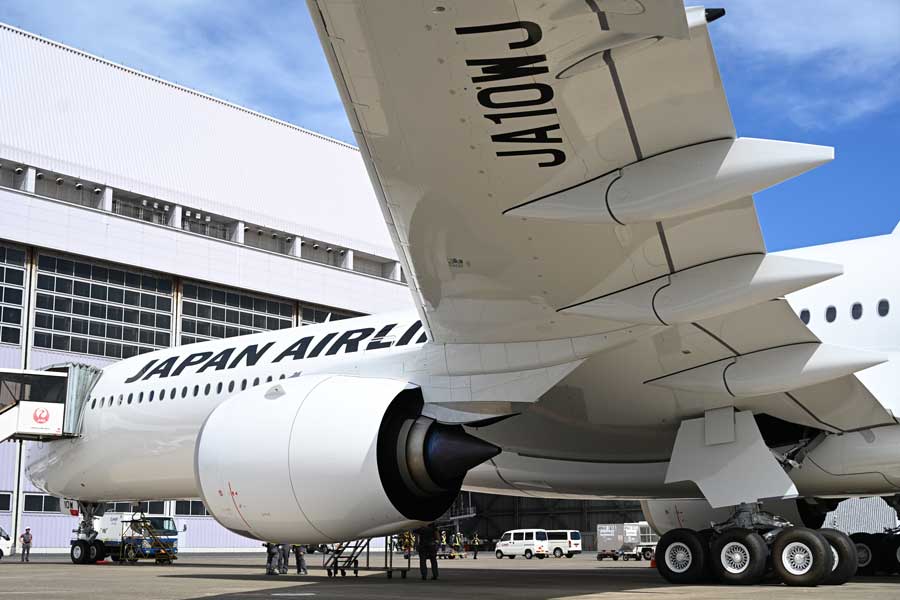
JAL A350-1000 Damaged at New York JFK, Causing Aircraft Changes and Delays
For access to Narita Airport, the writer is secretly aiming for ‘JRE BANK Privilege Discount Coupons’. Launched by JR East this year, JRE BANK uses can get up to a 40% discount on fares and fees within JR East’s jurisdiction. Up to ten coupons can be provided annually. However, since the writer doesn’t often travel long distances on JR East lines, they consider it for access to Narita Airport.
While no privilege discount coupons have been awarded yet, and there might be a few cents difference, the normal fare and fee for the Narita Express are 3,070 yen (ticket), so a 40% discount would calculate to approximately 1,800 yen. It might not be the best use of the privilege discount coupons, but if you have them to spare, it’s a feasible option.
Up to now, direct access routes such as the Skyliner, Narita Express, and Access Express have been covered. From here onwards, routes involving more transfers will be discussed.
Route 1: Otemachi (Tokyo Metro) → Nishifunaibashi (transfer) Keisei Nishifuna → Keisei Narita (transfer) Narita → Airport Terminal 2 Building (1,047 yen)
Route 2: Takara-cho → Higashi-Nihonbashi (transfer) Bakuro-Yokoyama → Motoyawata (up to here via Toei Subway; transfer) Keisei Yawata → Keisei Narita (transfer) Narita → Airport Terminal 2 Building (1,142 yen)
First, routes via railway to Narita Airport (Terminal 2 Station). When searched for the cheapest option on route planners, transfers between Keisei Narita station and JR Narita station are shown, which might feel a bit tiresome. Note that these routes, considering through fares for the same railway company, allow for slight differences in cost from almost any station on the Tokyo Metro (Route 1) and Toei Subway (Route 2), which is an advantage but overall, involves a lot of walking and transfers as a downside.
Route 1′: Otemachi (Tokyo Metro) → Nishifunaibashi (transfer) Keisei Nishifuna → Higashi-Narita (1,044 yen)
Route 2′: Takara-cho → Higashi-Nihonbashi (transfer) Bakuro-Yokoyama → Motoyawata (up to here via Toei Subway; transfer) Keisei Yawata → Higashi-Narita (1,076 yen)
As a variation of the above routes, using Keisei ‘Higashi-Narita Station’ also occurs occasionally. Developed as the old Narita Airport station, it now only sees local trains arriving every 40 minutes during the day. It’s directly connected to Narita Airport’s Terminal 2 via an underground passage and also has a free inter-terminal shuttle bus, making it not too inconvenient for the writer. It’s all about timing, though.